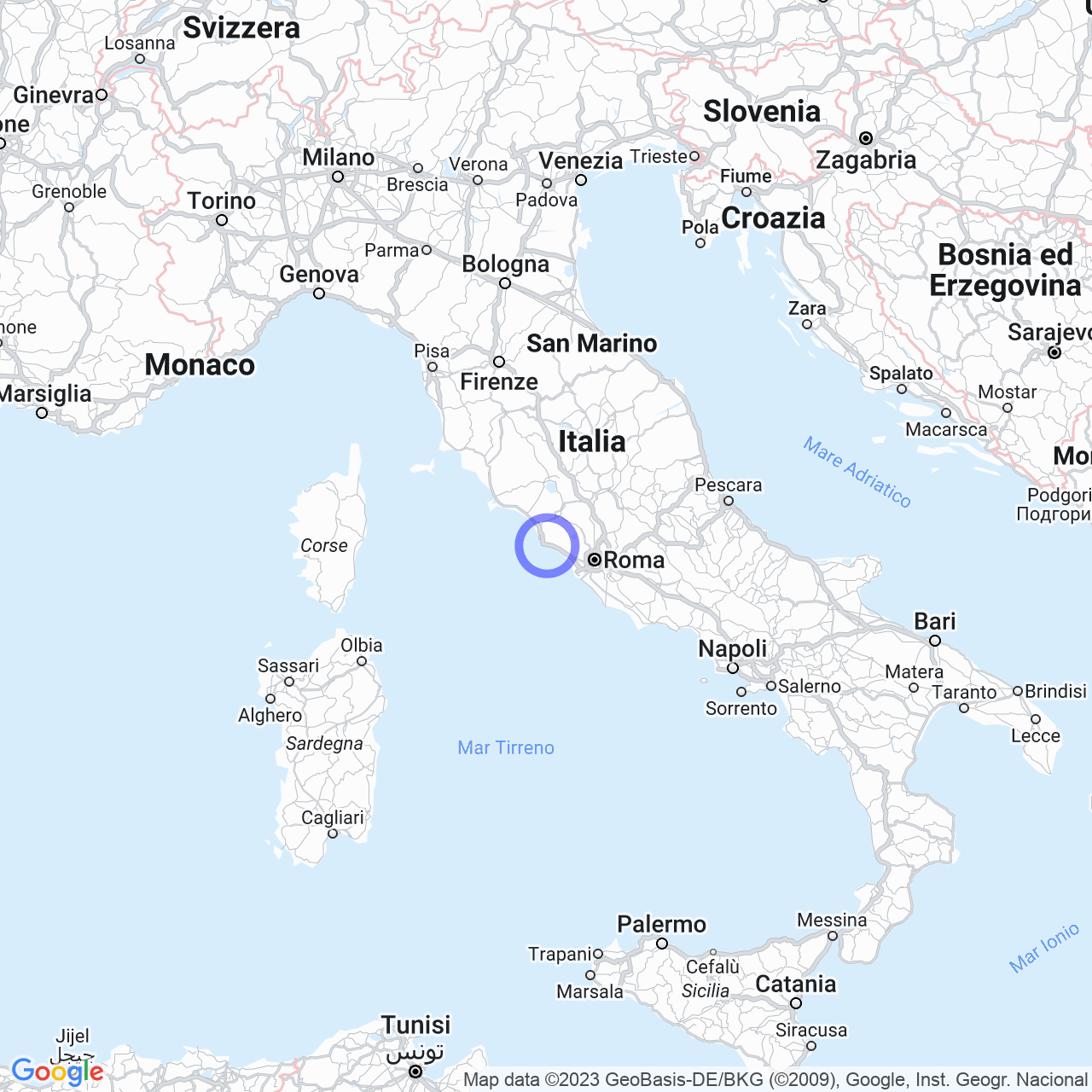Santa Marinella
Santa Marinella: a small Lazio town by the sea
Santa Marinella is a town located in the Lazio region, within the municipality of Rome. With its 18,471 inhabitants, this town is considered one of the most beautiful tourist destinations in the region and the country, mainly thanks to its favourable location right on the sea. In this text, we will talk about the physical geography of Santa Marinella, the origin of its name, its ancient history, and its evolution under the Pontifical State.
Territory
The territory of Santa Marinella is very varied and interesting. The promontory of Capo Linaro, which is located within the municipal territory, was long considered the southern limit of the Maremma. In reality, this area is part of Etruria, a region that extended to the right bank of the Tiber and that was later called Ager Romanus, now known as Agro Romano, due to the Roman expansion. In addition to the promontory, the municipal territory of Santa Marinella also includes the southern slopes of the Tolfa Mountains, as well as the Marangone stream, which marks the border with Civitavecchia.

Climate
Santa Marinella enjoys a Mediterranean climate that makes it particularly pleasant to live in, especially for those who love mild temperatures. The city belongs to the C climate zone and has 1264 sunny days a year.
Origin of the name
The name of the city comes from the cult of Saint Marina, which was celebrated within a private chapel located on the Odescalchi property. In ancient times, the city was called Castrum Novum.
History
Ancient history
The territory of Santa Marinella has a very ancient history, dating back to the Bronze Age. In the 9th century BC, the settlement of Punicum, of probable Phoenician origin, the settlement of Pyrgi (now Santa Severa), and finally the Roman settlement of Castrum Novum arose here. All these places are mentioned in the Peutingeriana Table, one of the oldest Roman geographical maps.
According to some theories, the name Punicum given to ancient Santa Marinella would derive from a pomegranate tree ("Ad Malum Punicum") located near a Roman station for horse exchange.
Under the Pontifical State
In 1777, the pontifical government commissioned Gaetano Torraca to carry out archaeological excavations in the area. The excavations unearthed the inhabited center of Castrum Novum and the Etruscan necropolis of Castellina del Marangone. In the Middle Ages, the city of Santa Marinella became a possession of the lords of Vico, then of the Anguillara, and finally of the Orsini.
Among the coastal defense towers built by Pope Pius V in 1567, there is the one called Santa Marinella, after the small inhabited center that had sprung up there for the cultivation of fields and pastures. According to tradition, around the year 1000, a community of Basilian monks from the Middle East went up the Tyrrhenian Sea and settled on the promontory where the Castle of Santa Marinella now stands, building the village, the monastery, and a small attached church dedicated to Saint Marina and Saint Leonardo, thus introducing the cult of the saint, the eponym of the city.
In summary, Santa Marinella is a city with ancient charm, made up of a mixture of cultures and civilizations that have left an indelible mark on its history and cultural heritage. It is worth a visit for anyone who wants to appreciate the beauty of the Mediterranean, the history of the region, and Italian culture.
